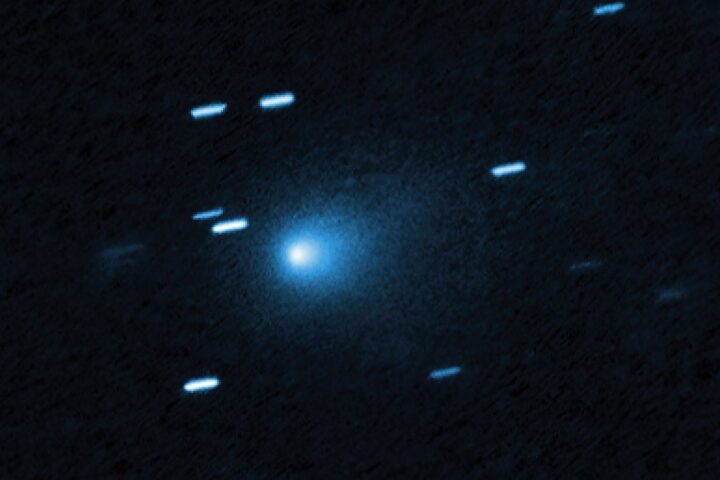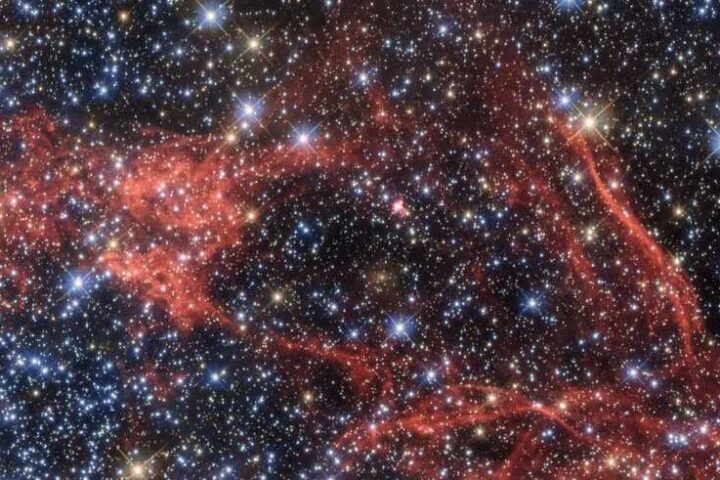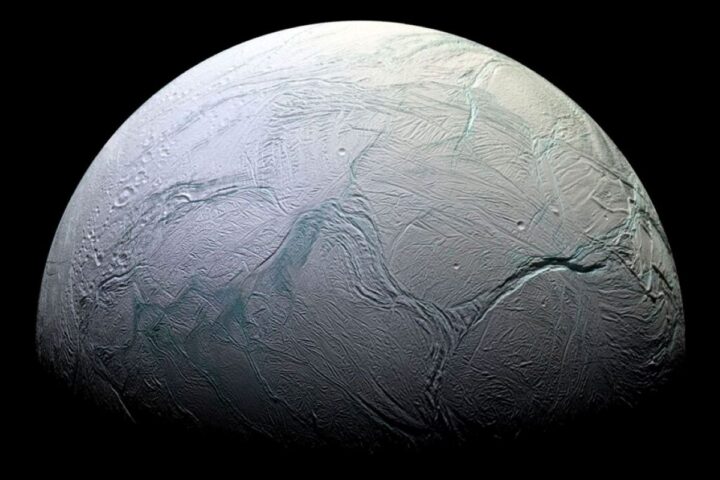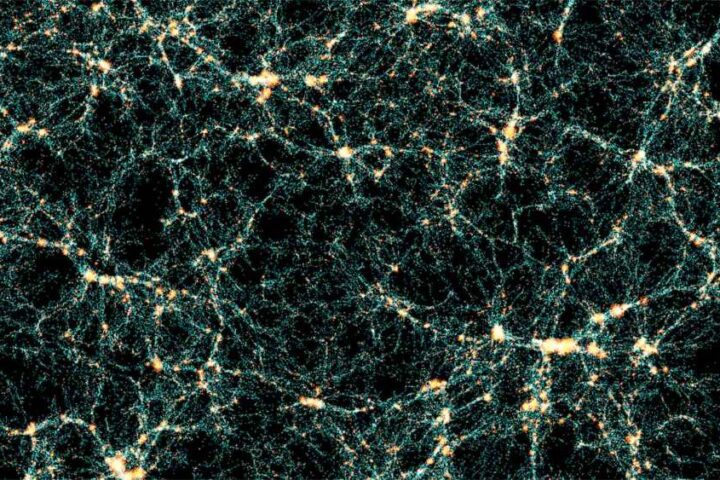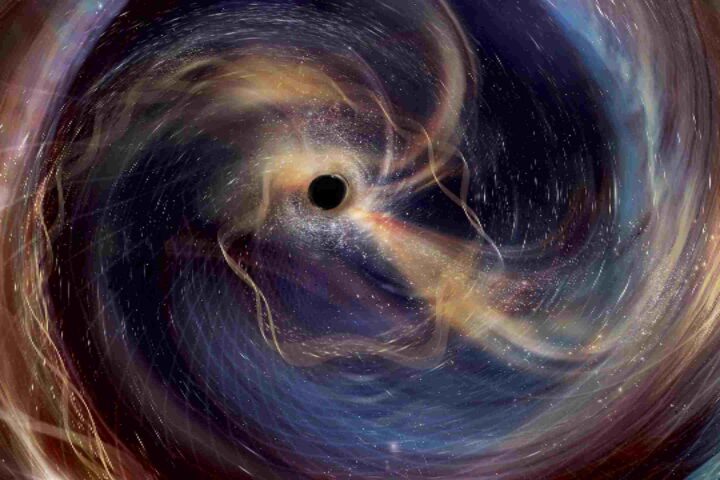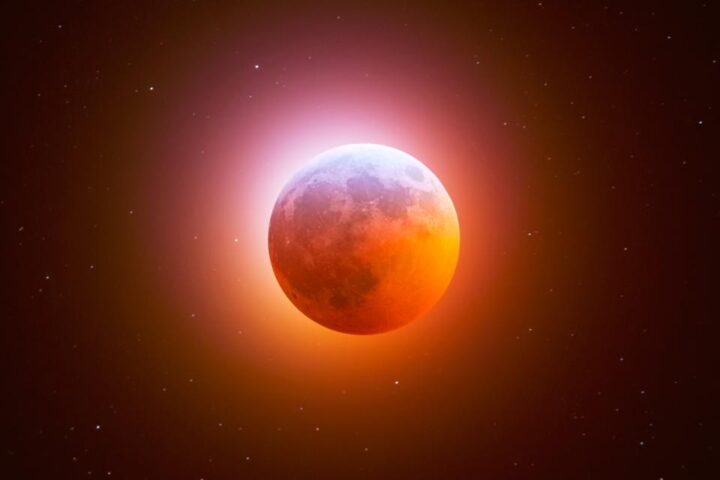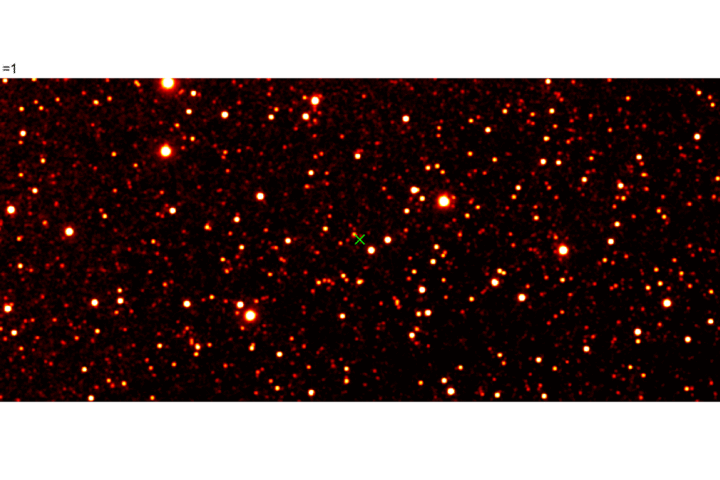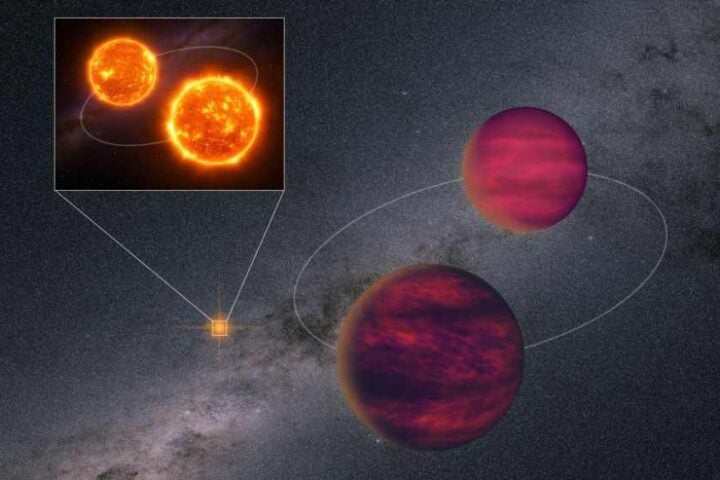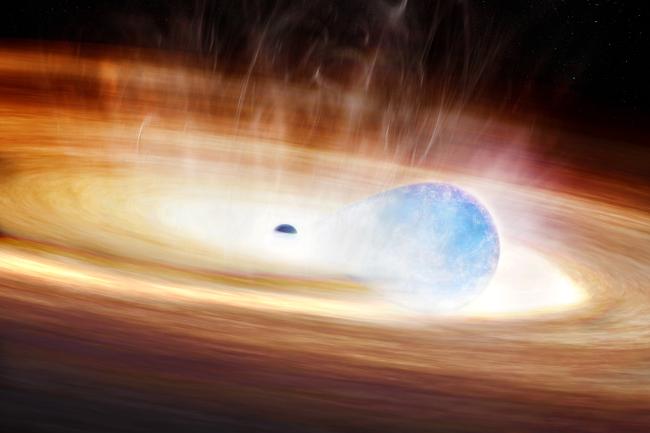NASA’s official count of worlds beyond our solar system reached 6,000 this week, marking a cosmic milestone in humanity’s quest to understand our place in the universe. The announcement, made September 17, 2025, comes about three decades after astronomers confirmed the first planet orbiting a Sun-like star, 51 Pegasi b, on October 6, 1995.
The 6,000-planet tally is maintained by the NASA Exoplanet Archive, hosted by the NASA Exoplanet Science Institute (NExScI) at Caltech’s IPAC. These confirmations arrive on a rolling basis from astronomers worldwide, with no single planet designated as the 6,000th discovery. Another 8,000+ candidate planets await verification through follow-up observations.
“This milestone represents decades of cosmic exploration driven by NASA space telescopes — exploration that has completely changed the way humanity views the night sky,” said Shawn Domagal-Goldman, acting director of NASA’s Astrophysics Division.
The growing catalog reveals surprising patterns. Rocky planets appear more common throughout the galaxy than gas giants, unlike our Solar System which happens to have equal numbers of rocky and giant planets (4 and 4), a pattern not representative of the broader exoplanet sample. The census has uncovered worlds utterly unlike anything orbiting our Sun:
- Jupiter-sized planets orbiting closer to stars than Mercury
- Planets orbiting two stars simultaneously
- Worlds covered in lava oceans
- Some with extremely low density like Kepler-7b, which has about the same density as expanded polystyrene (Styrofoam)
- Others with clouds containing mineral condensates (such as corundum — the mineral family of rubies and sapphires)
Finding these distant worlds requires astronomical ingenuity. Direct imaging has confirmed only a small fraction of exoplanets (ranging from a few dozen to approximately 100 depending on catalog definitions and how companion objects are classified). Most planets disappear in their stars’ overwhelming brightness. Most discoveries rely on indirect methods, primarily the transit technique, which detects the slight dimming of stars when planets cross their faces.
More Posts
“We really need the whole community working together if we want to maximize our investments in these missions that are churning out exoplanet candidates,” explained Aurora Kesseli, deputy science lead for the NASA Exoplanet Archive.
The pace of discovery continues to accelerate. The 5,000-planet milestone occurred about three years ago (2022). NASA indicates this trend seems likely to continue as new observatories come online.

“Each of the different types of planets we discover gives us information about the conditions under which planets can form and, ultimately, how common planets like Earth might be,” said Dawn Gelino, head of NASA’s Exoplanet Exploration Program.
NASA’s next phase focuses on finding potentially habitable worlds. The upcoming Nancy Grace Roman Space Telescope will test coronagraph technology to block starlight, potentially imaging Jupiter-sized planets directly. This paves the way for the planned Habitable Worlds Observatory, which aims to find and characterize Earth-like planets.
The James Webb Space Telescope has already analyzed over 100 exoplanet atmospheres, but studying Earth-sized worlds requires new technologies to overcome the challenge of stellar glare. Our Sun outshines Earth by a factor of 10 billion—an obstacle that future missions must overcome to search for signs of life elsewhere.
As the cosmic census continues, each new world brings us closer to answering humanity’s age-old question: Are we alone in the universe?



